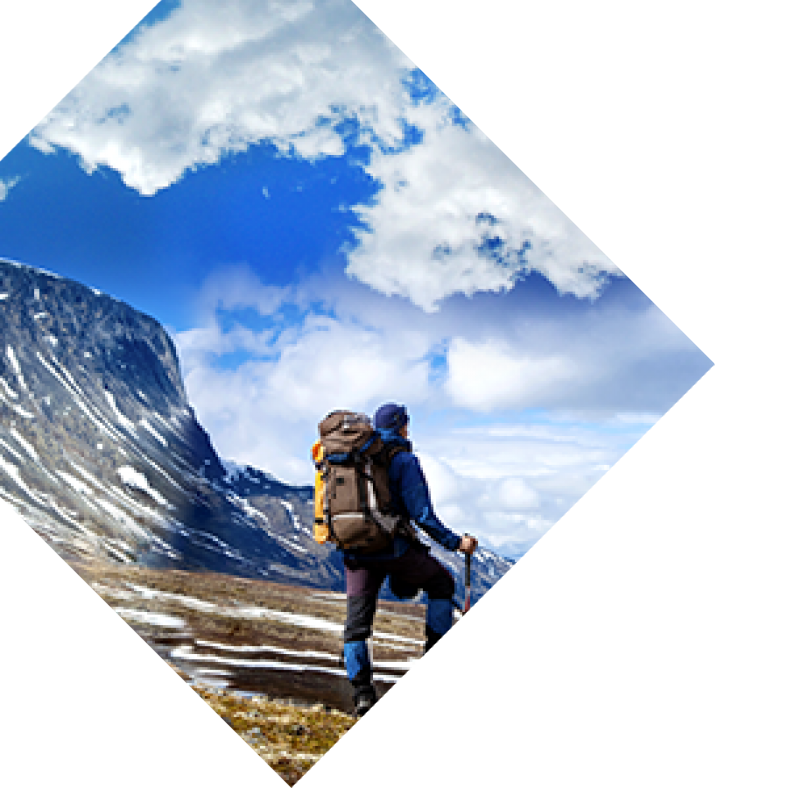Getting to the site had been an enjoyable trip despite the fact none of us had any canoe experience. A few days in, we had developed a good paddling rhythm and portaging was becoming second nature. We learned to use the tailwind and charge the calmer waters. 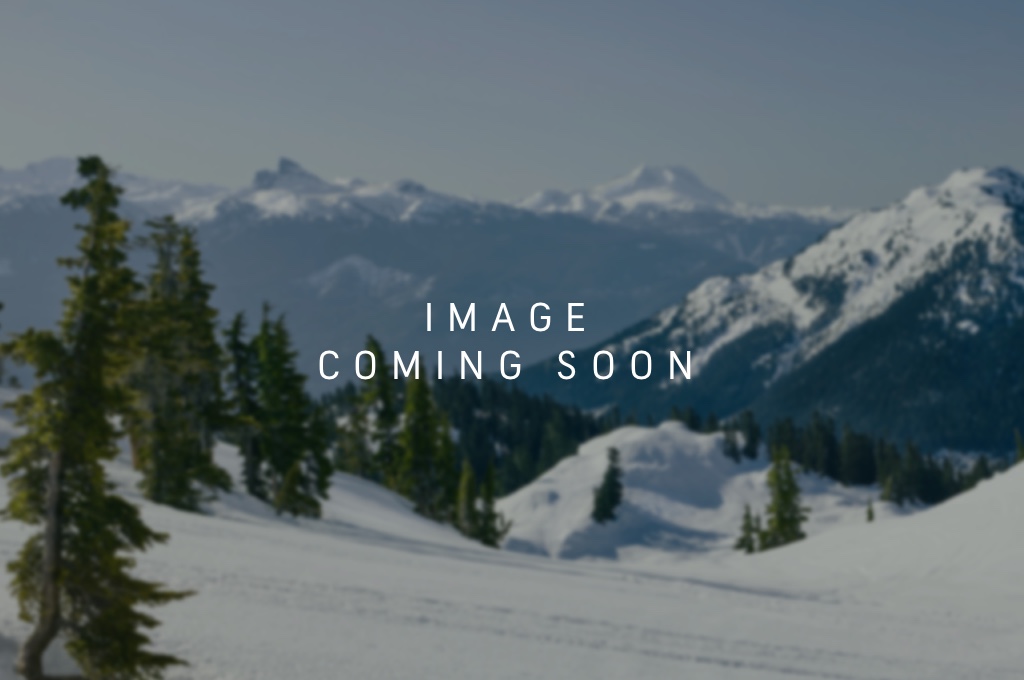 In our canoe, like many others before us, we slowly floated alongside the images as the summer waters splashed onto our hiking boots and Duluth packs. Paintings on a sheer rock face. The best word to describe them might be enigmatic. A profile view of a moose. Handprints, orderly and haphazardly placed alongside one another. Most imagery just above the waterline with a few others higher up the rock face. The orange paint faded with time but ever present along this iconic stretch of the Minnesota Boundary Waters.
In our canoe, like many others before us, we slowly floated alongside the images as the summer waters splashed onto our hiking boots and Duluth packs. Paintings on a sheer rock face. The best word to describe them might be enigmatic. A profile view of a moose. Handprints, orderly and haphazardly placed alongside one another. Most imagery just above the waterline with a few others higher up the rock face. The orange paint faded with time but ever present along this iconic stretch of the Minnesota Boundary Waters. 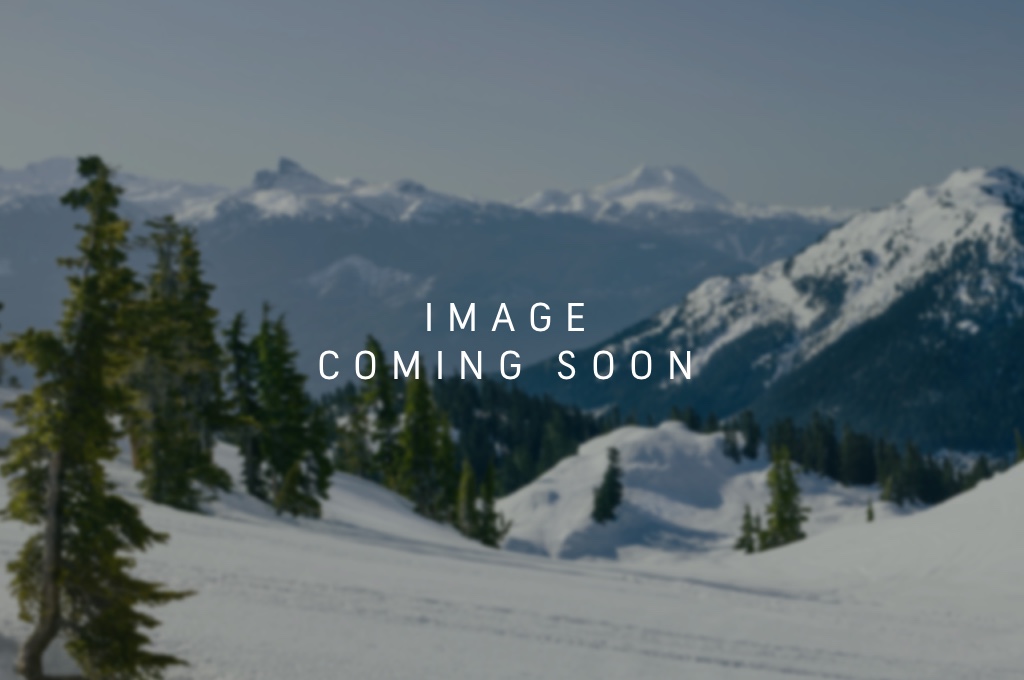
Native Pictographs
We were in Quetico Provincial Park on Lac La Croix, just yards inside Canada’s border. This would be our short jaunt into Canada from northern Minnesota. Previously, we had planned to spend a few hours in the area checking out neighboring Warrior Hill and a few notable places our outfitter suggested. After persistent wind and rain took better than a day off our trip, we distilled the day’s paddle out of the Boundary Waters Canoe Area Wilderness and into Canada down to a single destination. This was it: A pictograph site that drew many area visitors like ourselves. 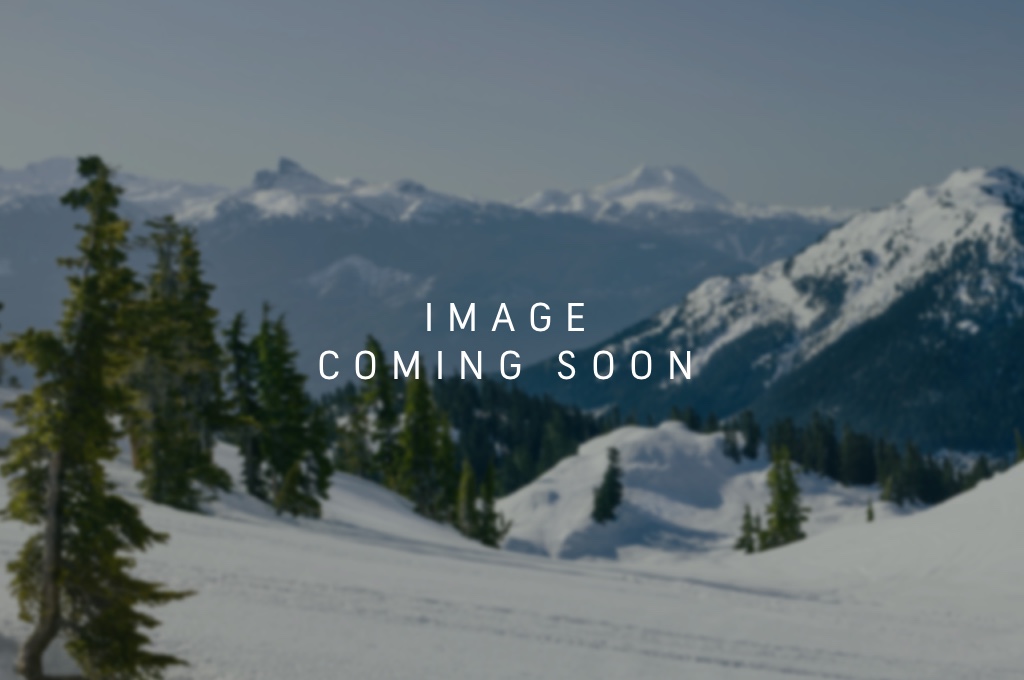 I had questions about the pictographs before flying to Minnesota. Quick work on a few websites revealed some helpful information. In the calm water in the shadow of the towering rock face, the same questions surfaced again. Who made these and when? How were they able to make them and how have they lasted so long? What do they mean? I returned home more hungry for answers than ever before.
I had questions about the pictographs before flying to Minnesota. Quick work on a few websites revealed some helpful information. In the calm water in the shadow of the towering rock face, the same questions surfaced again. Who made these and when? How were they able to make them and how have they lasted so long? What do they mean? I returned home more hungry for answers than ever before.
Pictographs in Boundary Waters and Quetico Provincial Park
There are many pictograph sites like this one that have been documented by different researchers. They differ in size and scale, and are spread across Boundary Waters and Quetico. The total number of sites differ, with 49 being the highest estimate I have come across. In North America, prehistoric rock art comes in one of two forms—pictographs and petroglyphs. Pictographs are paintings on rock as opposed to petroglyphs which are formed by carving into stone. 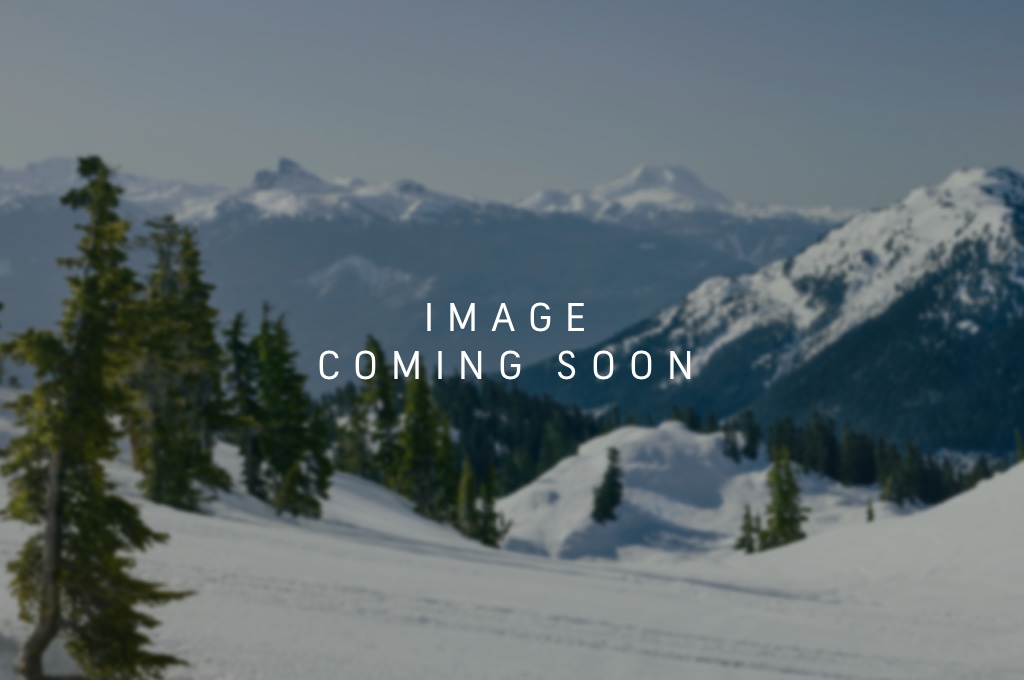
The Indigenous Ojibwe
Researchers and historians are in agreement about the rock-face painters of the region. The indigenous Ojibwe (also known as the Ojibwa or Chippewa) people are credited with creating the paintings on stone we visited. This accreditation has also established an accepted estimation of when they were made. The Ojibwe occupied the area 300 to 400 years ago. Based on that, the same time range is generally assigned to the creation of the pictographs. The Ojibwe are known for their birch bark canoes, their mining, and trading of copper. They are also known for their documentation, with their Midewiwin Society credited as a keeper of detailed scrolls documenting events, history, maps, memories, stories, and mathematical knowledge. But one thing they did not document were the pictographs we had seen. Or, if they did, the records were lost by time.
Execution and Materials
With the majority of painting done at the water level and the Ojibwe being skilled canoe makers, it makes sense that painters were likely in canoes when creating the pictographs. That makes sense for most of what we saw. But, it doesn’t satisfy all the imagery we encountered. A few paintings were high above the waterline in areas that seemed impossible to climb. While one could logically come to the conclusion that climbing, some sort of scaffolding, or rappelling was involved in making the pictographs, the truth is that no one really knows. Whether the paintings were made a couple or several hundred years ago, it’s incredible how well preserved they are. Considering the relentless conditions they are under—sun, waves, rain, wind, snow, water freezing to ice and later thawing—it’s impressive they’ve survived centuries. The paint the Ojibwe used is the key. The exact ingredients aren’t known, but enough is known to explain the paint’s durability. The paint was a mixture of red ochre and a binder of sturgeon oil, bear fat, or both. The result was a paint that has bonded with the rock face it was painted upon at a molecular level that draws modern backpackers, campers and other visitors from around the world.
Who, Where and When
After spending a handful of hours looking for information about the pictographs, most questions had been answered. At the least, there was reasonable speculation. Who, where and when were no longer a mystery. Only one question remained completely unanswered.
The Biggest Mystery of All
Many have, with or without extensive research, provided their take on what the paintings mean—what they represented and why they were made. Some have posed the possibility that they are, to the indigenous Ojibwe, spiritual in nature or of critical moments in their history. Others suggest they are legends or hunting stories. More recently a few have posed a possible correlation between the pictographs and celestial events. In reviewing the predominant theories that exist, all that pose them seem to agree on one thing: No one really knows. And, that may be the best possible secret of all. Visitors, like we were, are left to contemplate meaning. 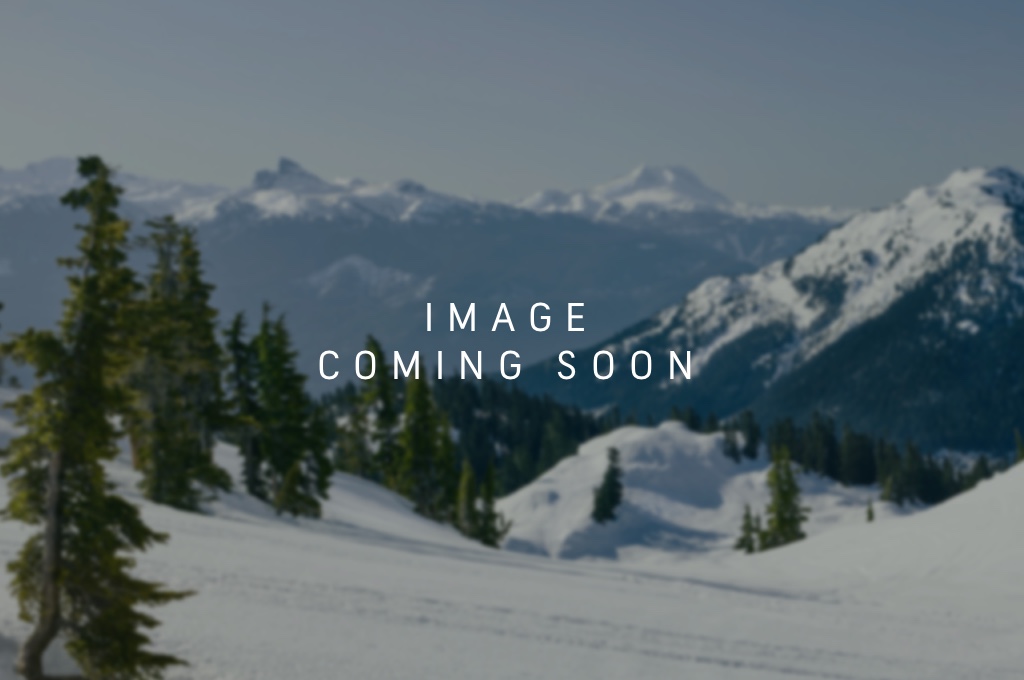 Those secrets have survived the years as heartily as the paint that forged them. And it’s the mystery of these wild places that continue to draw adventurers back, year after year, to ponder small art and the big pictures of a life spent outdoors.
Those secrets have survived the years as heartily as the paint that forged them. And it’s the mystery of these wild places that continue to draw adventurers back, year after year, to ponder small art and the big pictures of a life spent outdoors.
You may also enjoy
View all articles in this categoryPaddle Sports
3 Items That Made a (Wet) Boundary Waters Trip Comfortable
Planning a portage trip to Northern Minnesota? Consider these 3 must-have items for a successful journey into the Boundary Waters.
Paddle Sports
A First-Timer On the Minnesota Boundary Waters and Minnesota Nice
From the tranquil backdrops to its welcoming locals, the Minnesota Boundary Waters Canoe Area does not disappoint. Need convincing? Read on.
Paddle Sports
Lessons from the Bush: How to Portage Like a Pro (Sort Of)
Headed to the Boundary Waters? Make sure you're prepared to portage with these tried and true tips. Trust us, your back and knees will thank you later!

